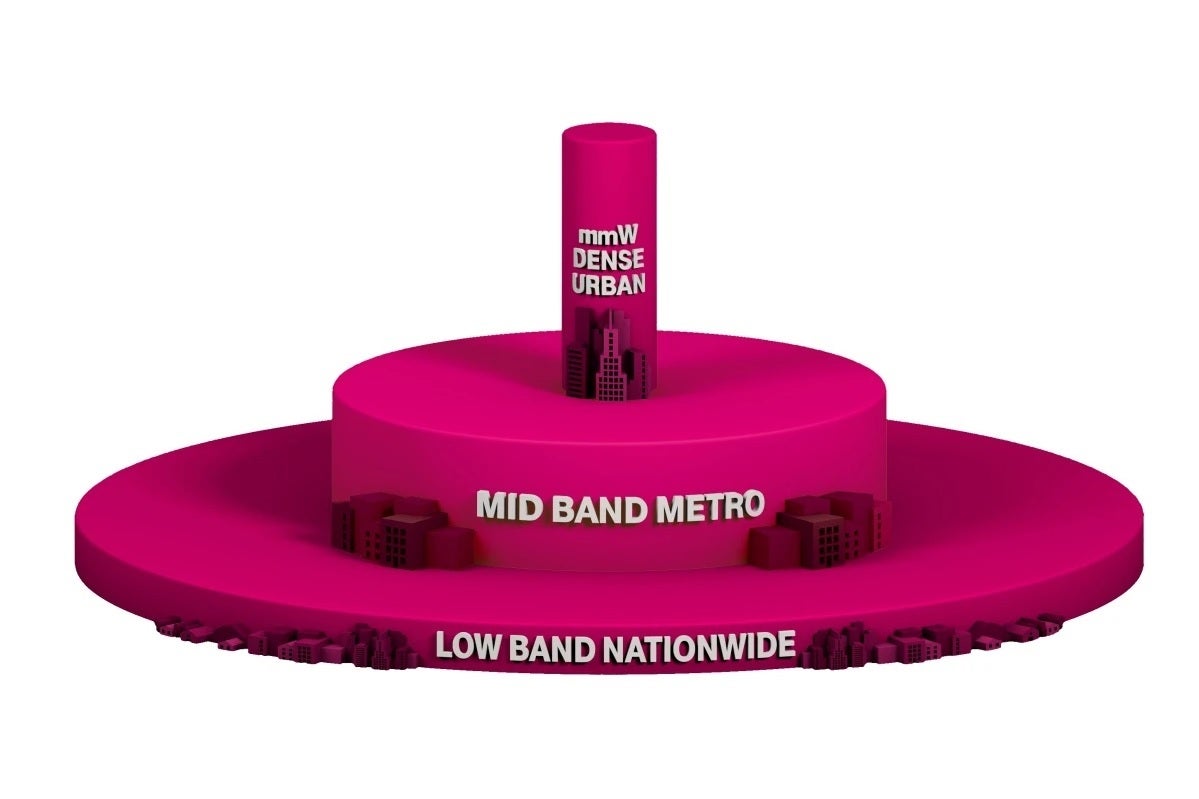Still without the mid-band spectrum it won in 2022, T-Mobile makes a shocking offer to the FCC

You probably know the story by now. In September 2022, T-Mobile spent $304 million to win additional 2.5GHz spectrum in an FCC auction. However, the carrier never received the licenses because the FCC's auction authority had expired preventing the regulatory agency from granting the licenses to T-Mobile. It wasn't until this past December, when President Joe Biden signed the 5G SALE Act, that the FCC was given temporary authority to turn over the spectrum to the nation's second-largest carrier.
However, thanks to a 90-day review period, T-Mobile still has a little more than a month before it receives the airwaves. Per Cord Cutters News, in an attempt to get the spectrum before the 90-day period ends, T-Mobile offered to give up its spectrum assets in Hawaii via a transaction. Edward Smith, senior vice president of policy and government affairs for T-Mobile, sent a letter to the FCC informing the regulatory agency that the wireless provider would sell or swap spectrum it owns in Hawaii "in order to expedite the issuance of 2.5 GHz licenses."
By all accounts, T-Mobile should already have had possession of the licenses allowing it to use the 2.5GHz spectrum it won at auction. And T-Mobile has let it be known that the spectrum fills in some coverage gaps it has in the U.S., especially in rural areas of the country. Getting the airwaves online will allow T-Mobile to broaden its 5G coverage and make its 5G service, already the fastest in the country, even faster. It also will allow T-Mobile to offer 5G home internet service in more locations.

T-Mobile's 5G layer cake
The use of 2.5GHz mid-band spectrum is an important part of T-Mobile's 5G leadership in the U.S. The carrier picked up much of its 2.5GHz holdings after acquiring Sprint; Verizon and AT&T followed by acquiring C-band spectrum (also mid-band airwaves) via an auction. Mid-band spectrum has turned out to be important for 5G because the signals move longer distances than mmWave spectrum, but not as far as low-band.
Additionally, mid-band might not deliver data speeds as fast as mmWave, but it is faster than low-band. So to make it clear, mid-band signals carry far enough and are fast enough to be the airwaves that U.S. carriers need to build around in order to make fast 5G signals available to the vast majority of their customers. Low-band is too slow and mmWave does not have the reach. That is why mid-band airwaves are known as the "Goldilocks" spectrum.
Follow us on Google News













Things that are NOT allowed:
To help keep our community safe and free from spam, we apply temporary limits to newly created accounts: